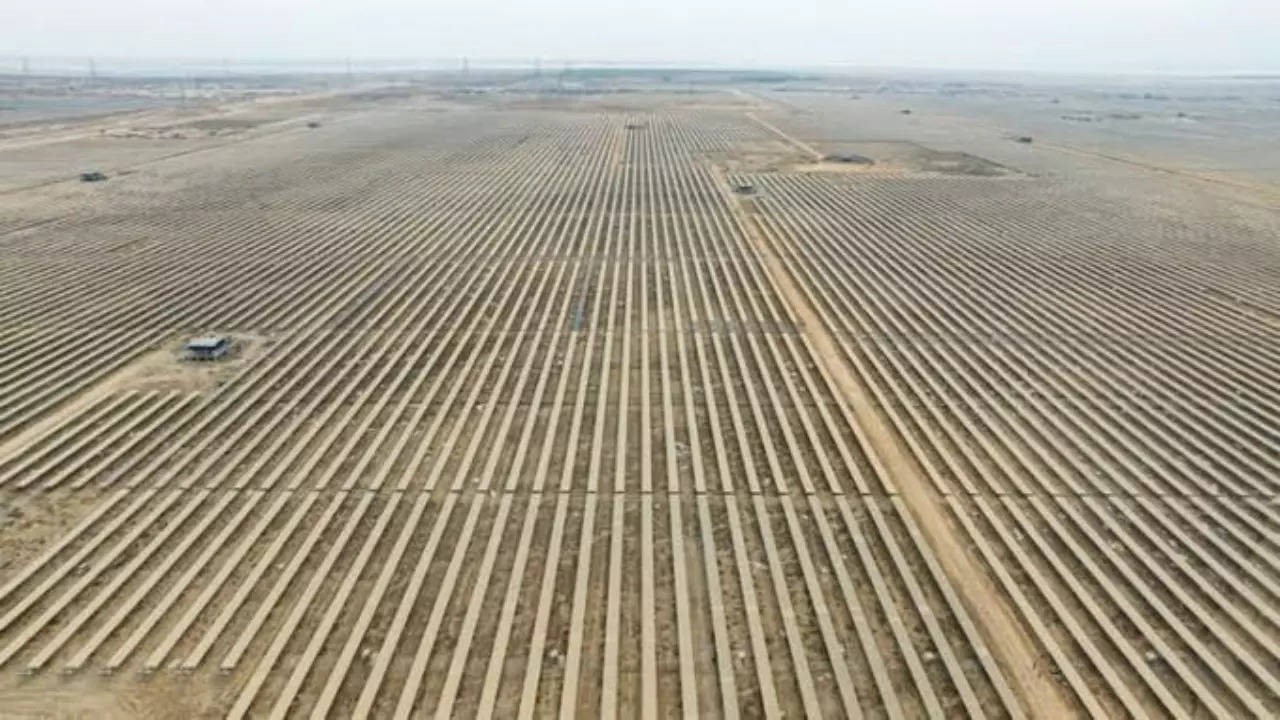Free Courses Sale ends Soon, Get It Now


Free Courses Sale ends Soon, Get It Now



Disclaimer: Copyright infringement not intended.
Context
Development Plans:
Power Generation and Ambitions:
Construction and Infrastructure:
|
PRACTICE QUESTION Q. Discuss India's renewable energy ambitions, including targets, achievements, challenges, and government policies driving the transition. Assess the socio-economic and environmental impacts of these initiatives and propose strategies to address implementation challenges. |
© 2024 iasgyan. All right reserved